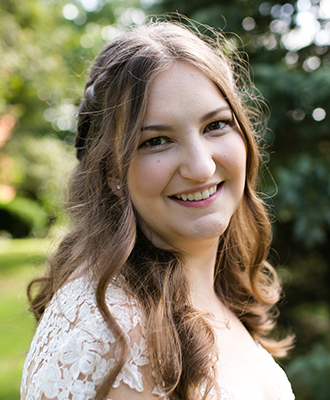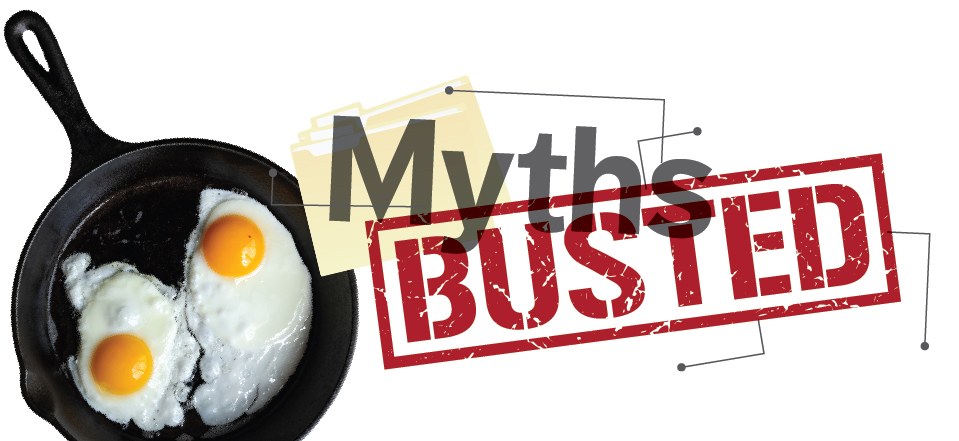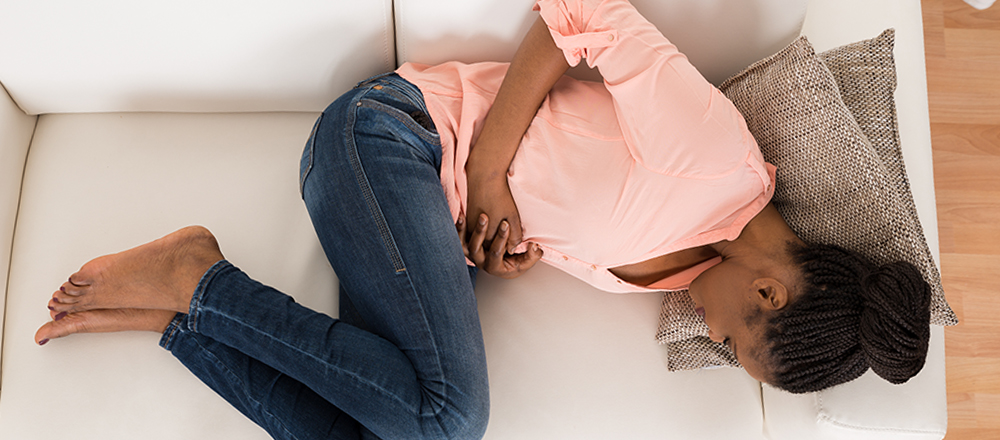Stroke Awareness: Identify and Prevent
April 26, 2022By: Bethany Talley
Categories: Live Healthy, Prevention

Strokes are the leading cause of disability and one of the top five causes of death in America, resulting in approximately 142,000 deaths a year. A stroke is a brain attack that occurs when a blood clot blocks an artery (ischemic stroke) or a blood vessel breaks (hemorrhagic stroke), interrupting blood flow to an area of the brain. Brain cells begin to die. Up to 80% of strokes are preventable.
Identify the Warning Signs
B.E. F.A.S.T. to spot a stroke:
BALANCE: Sudden dizziness, loss of balance or coordination; headache
EYES: Sudden trouble seeing out of ones or both eyes
FACE: Facial weakness or numbness; uneven smile
ARMS: Weakness or numbness; unable to raise both arms evenly
SPEECH: Impaired, slurred, difficulty repeating simple phrases
TIME: Note the time symptoms first appeared; call 911
Other stroke symptoms that may appear suddenly:
Numbness or weakness of the face, arm or leg, especially on one side of the body
Confusion with trouble speaking or understanding speech
Severe Headache with no known cause

Women Face a Higher Risk of Stroke
Stroke ranks as the fourth cause of death in women. It affects one in five women and about 55,000 more women than men. The risk is higher for women due to their longer life expectancy.
Risk increases in women who:
• Are pregnant. Pregnant women are three times more likely to have a stroke as women of the same age.
• Have preeclampsia. This high blood pressure condition during pregnancy doubles the risk of stroke later in life.
• Take birth control pills. The medication can double the risk of stroke, especially in women with high blood pressure.
• Use hormone replacement therapy. Therapy doesn't lower the risk of stroke as once believed.
• Have migraines with aura and smoke. Strokes are more common in women who have migraines with aura (severe headache along with dizziness, ringing in the ears, etc.) and smoke, compared with other women.
• Have atrial fibrillation. This quivering or irregular heartbeat can increase stroke risk fivefold. After age 75, it’s more common in women than men.
Keep Your Heart and Brain Healthy
A heart healthy diet can lower cholesterol that can lead to plaque buildup in your arteries, and also lower blood pressure, which reduces strain on your blood vessels and decreases inflammation. Improve your overall health with a healthy diet, blood pressure management, smoking cessation, blood sugar control, exercise and stress management. Even small changes will make a big difference.
Foods to include in your diet:
- Fruits (fresh, frozen, or canned in 100% juice)
- Vegetables (fresh, frozen, or canned with low sodium or no salt added)
- Whole-grain, high fiber foods (oatmeal, brown rice, pasta)
- Dairy (fat free and low-fat products)
- Beans (edamame, almonds, walnuts)
- Fish (salmon, albacore tuna, mackerel, herring, or trout, which are rich in omega 3 fatty acids)
- Other lean proteins (skinless poultry, eggs, nuts/seeds, tofu, tempeh)
- Seasoning without salt
Try this spice blend instead of salt (yields about 1/3 cup):
- 5 tsp. onion powder
- 2 ½ tsp. garlic powder
- 2 ½ tsp. dry mustard
- 1 ½ tsp. crushed thyme leaves
- ½ tsp. white pepper
- ¼ tsp. celery seed
Watch the Stroke Signs, Risk Factors and Prevention presentation below from Brenda Swihart, BSN, RN, Stroke Program manager.



